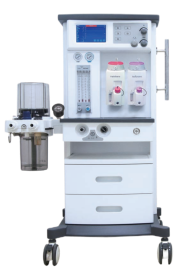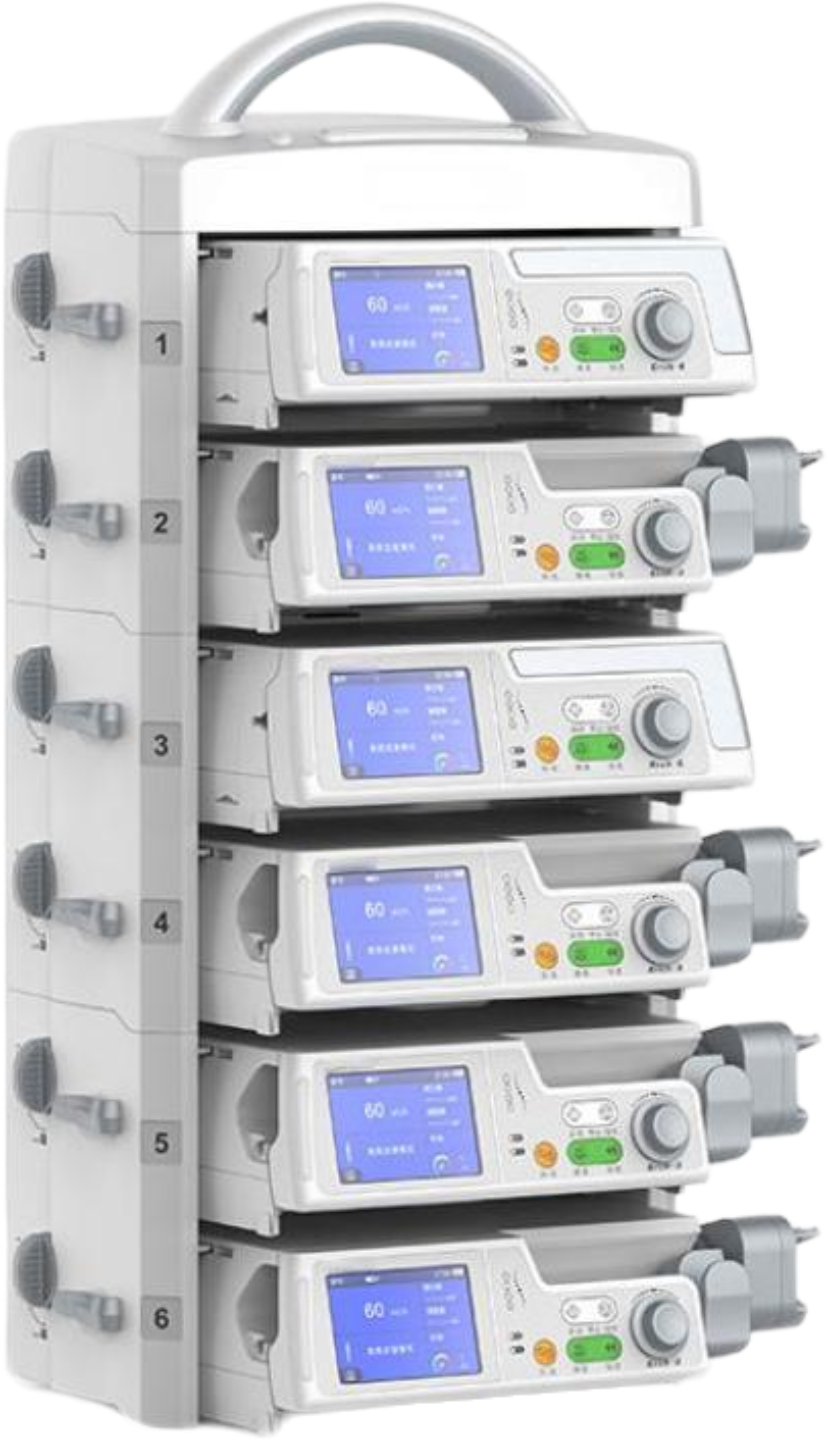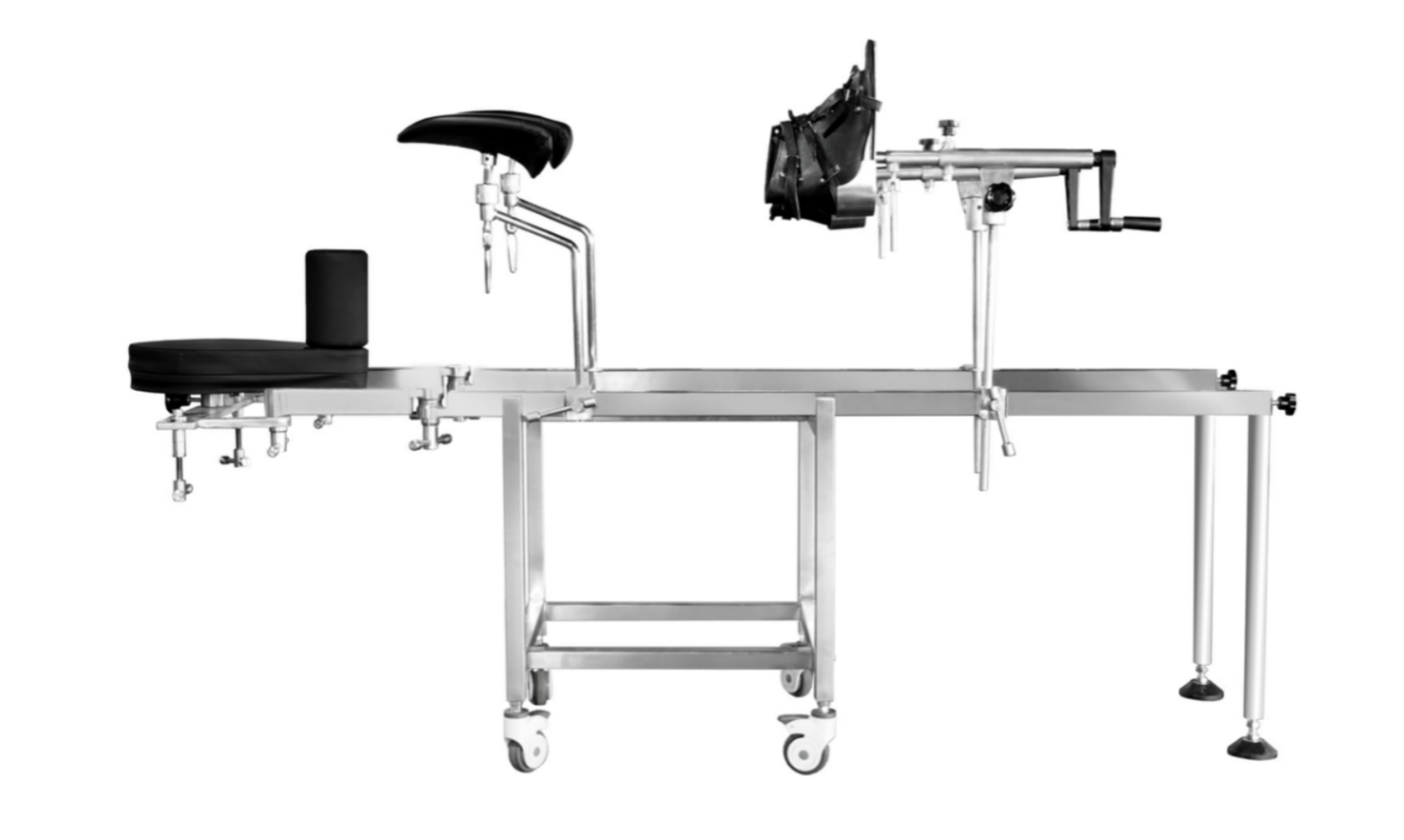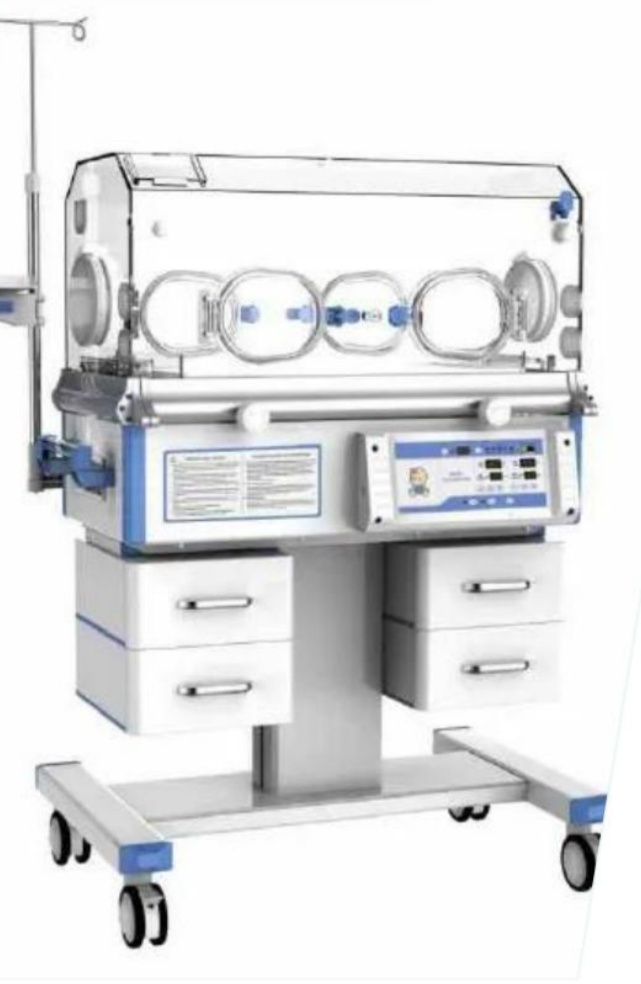Ventilator
A ventilator is a type of breathing apparatus, a class of medical technology that provides mechanical ventilation by moving breathable air into and out of the lungs, to deliver breaths to a patient who is physically unable to breathe, or breathing insufficiently.
Ventilators are chiefly used in intensive-care medicine, homecare, and emergency medicine and in anesthesiology.
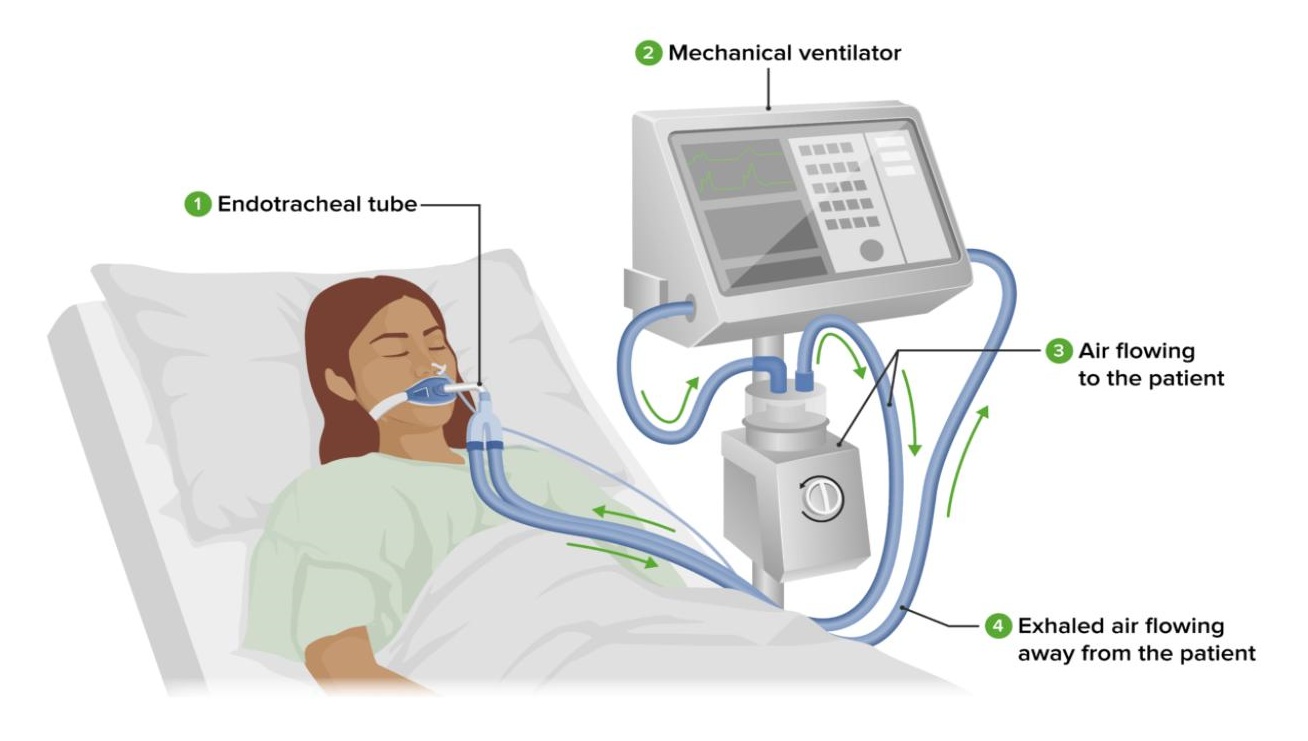
Why would you need a ventilator?
Not being able to breathe properly on your won is known as respiratory failure and is a life-threatening emergency.
If your brain, heart, liver, kidneys, and other organs don't get enough oxygen, they won't be able to function as they should. A ventilator can help you get the oxygen you need for your organs to function.
Health conditions
Many types of health conditions can cause you to have difficulty breathing, such as:
◾ acute respiratory distress syndrome(ARDS)
◾ chronic obstructive pulmonary disease(COPD)
◾ asthma
◾ brain injury
◾ cardiac arrest
◾ pneumonia
◾ collapsed lung
◾ stroke
◾ coma or loss of consciousness
◾ drug overdose
◾ hypercapnic respiratory failure
◾ lung infection
◾ myasthenia gravis
◾ sepsis, an infection in your blood
◾ upper spinal cord injuries
◾ premature lung development (in babies)
◾ Guilain-Barré syndrome
◾ amyotrophic lateral sclerosis (ALS) commonly known as Lou Gehrid's disease
Surgery
If you have general anesthesia for a surgical procedure, you may need to be on a ventilator while you're asleep. This is because some anesthesia drugs can make it difficult for you to breathe properly on your own while you're in a sleep-like state.
With surgery, you may need to be on a ventilator for a period of time as follows:
◾ During surgery.
A ventilator can temporarily do the breathing for you while you're under general anesthesia.
◾ Recovering from surgery.
Sometimes, for very complicated surgeries, a patient may need a ventilator to help them breathe for hours or longer after surgery.
Risks / Benefits
What are the advantages of mechanical ventilation?
🔹 You don't have to work hard to breathe. Your body can focus on healing from infections or other conditions.
🔹 It provides all the oxygen you need and removes carbon dioxide.
🔹 It provides pressure to keep the small sacs of your lungs from collapsing.
🔹 It keeps your airways open.
What are the risks of mechanical ventilation?
🔹 Infection. This is one of the main risks of being on a ventilator with a breathing tube.
🔹 Irritation. The breathing tube can rub against and irritate your throat or lungs.
🔹 Vocal cord issues. A breathing tube passes through your voice box (larynx), which contains your vocal cords. This is why you can't speak when you're using a ventilator.
🔹 Pulmonary edema. The air sacs in your lungs can get filled up with fluid.
🔹 Blood clots. Lying in the same position for a long time can increase the risk of blood clots forming.
🔹 Sedation-related delirium. This can be caused by the sedatives and many other medications given to an individual who is on a ventilator with a breathing tube.
🔹 Impairment of nerves and muscles. Lying still for many days, being sedated and not breathing on your own can result in disorders of your nerves and muscles.
🔹 Fluid overload. This can be caused by continuous infusions, drug toxicity, andrenal failure.
🔹 Lung injury. A ventilator can cause lung damage. This can happen for several reasons:
◾ too much air pressure in the lungs
◾ air leaks into the space between the lungs and chest wall (pneumothorax)
◾ oxygen toxicity (too much oxygen in the lungs)
MG-VENO1 ICU Ventilator
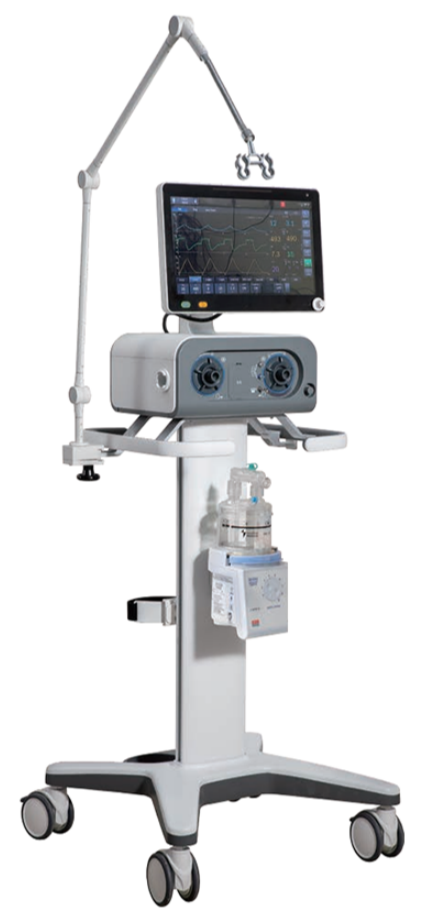
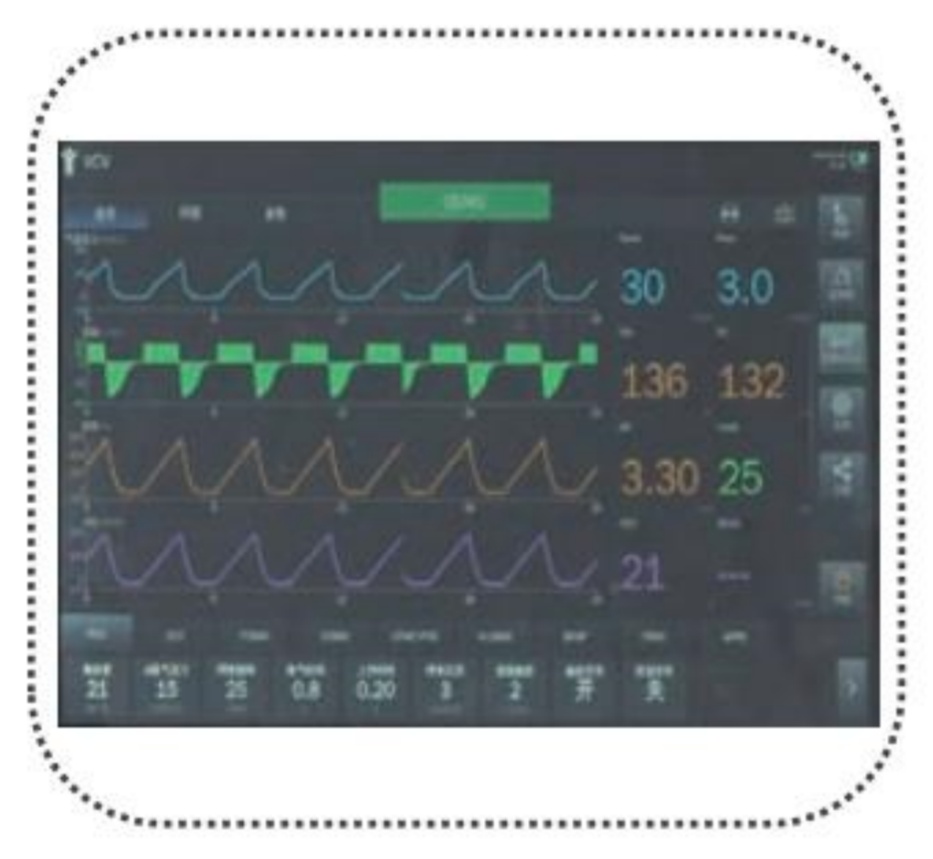
Friendly Interface
With neonatal, pediatric and adult mode.
Tidal volume start with 2ml, ensure all range patient using.
Different color choice ensure better view of waveform.
Automatic self testing ensure the safety using environment.
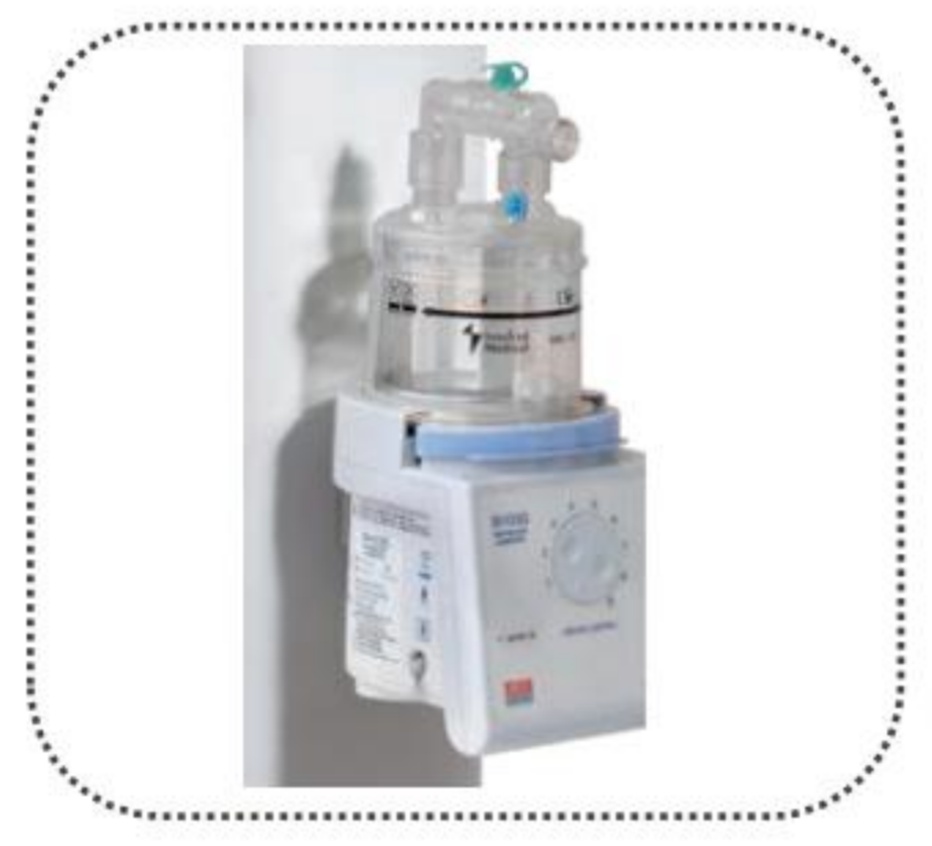
Humidifier
Heat and wet breathing gas makes it more comfortable for patient to breathe in.
◾ Humidifier with thermometer for standard;
◾ Humidifier with digital shown for optional;
◾ Humidifier with dual pipeline heating function and servo control function for option.
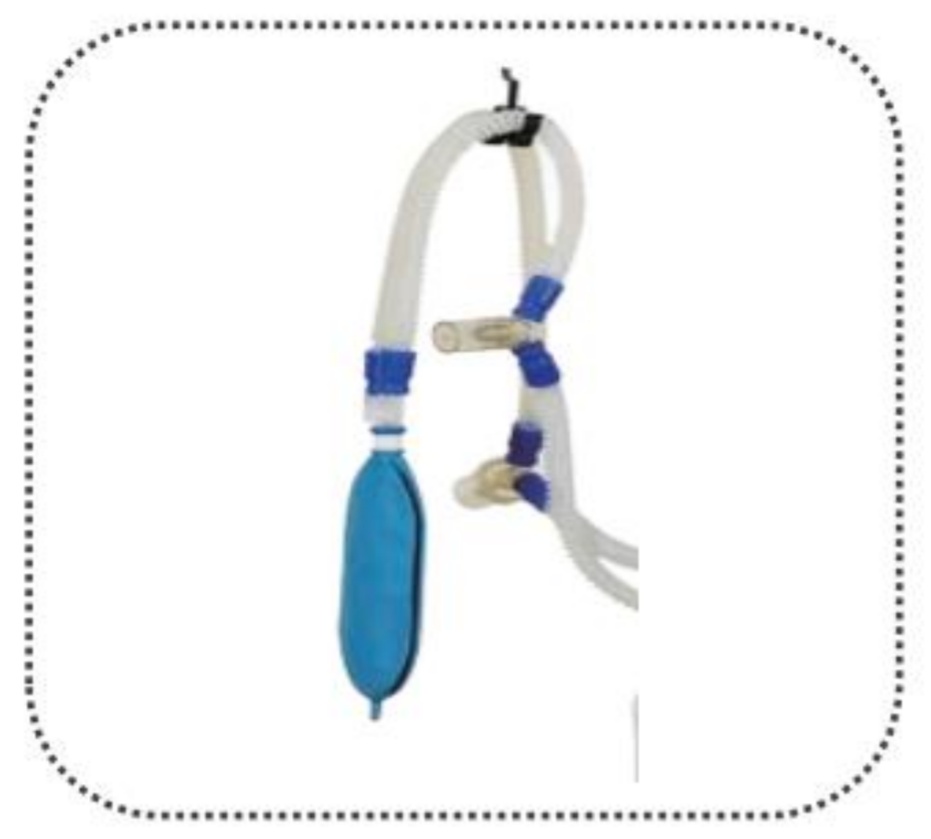 Breathing Circuit
Breathing Circuit
High temperature resistance breathing pipelines is reusable and anti-polution.
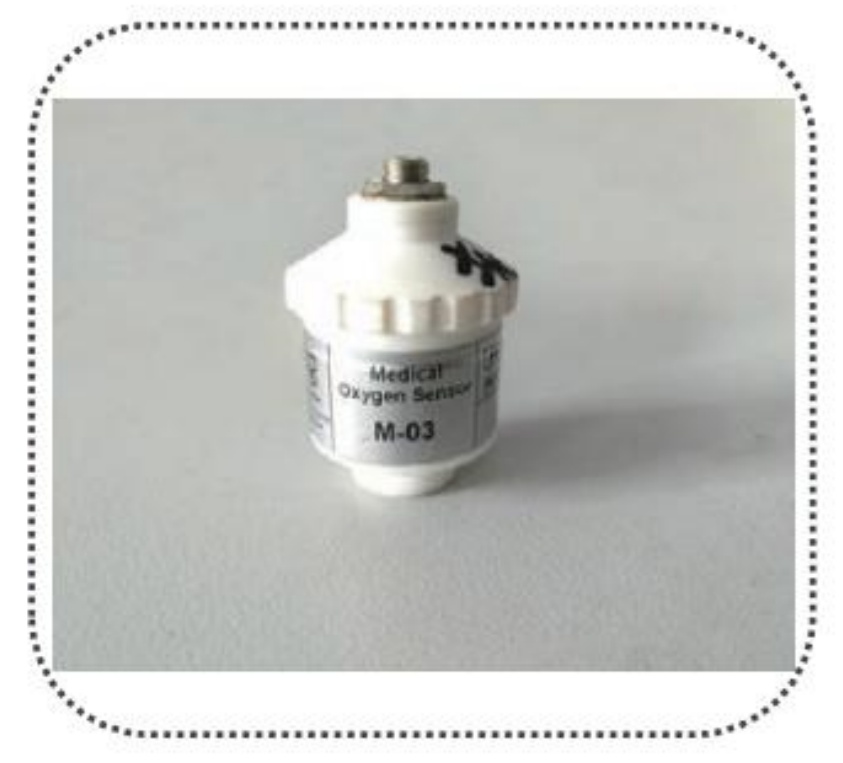
Oxygen Concentration Sensor


